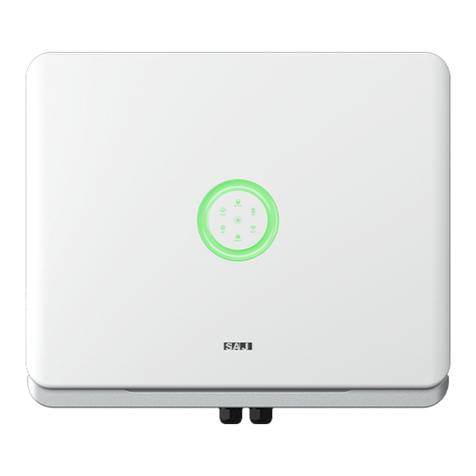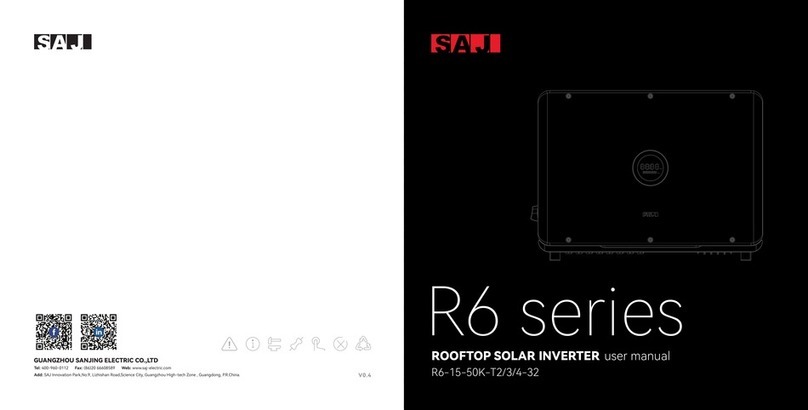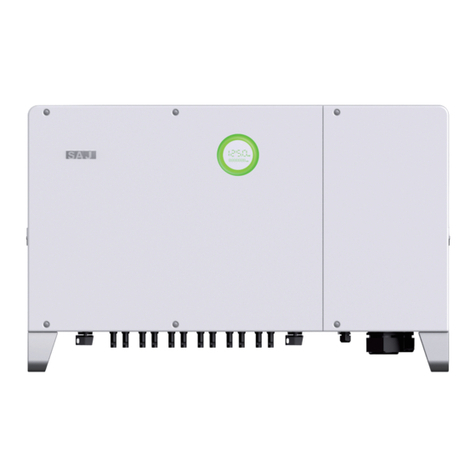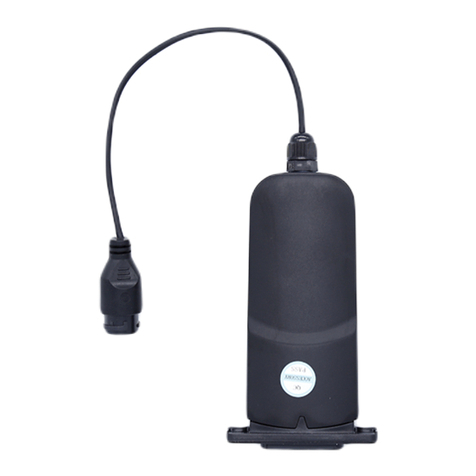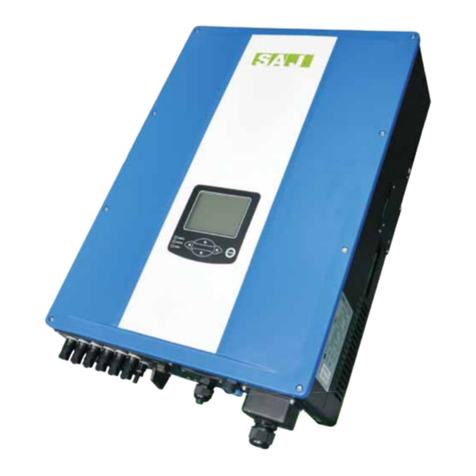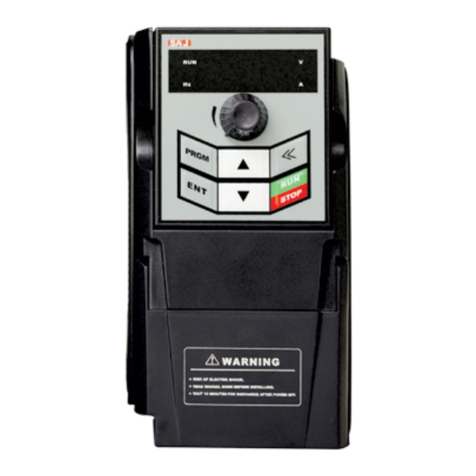SAJ AS1-3KS-5.1 User manual
Other SAJ Inverter manuals
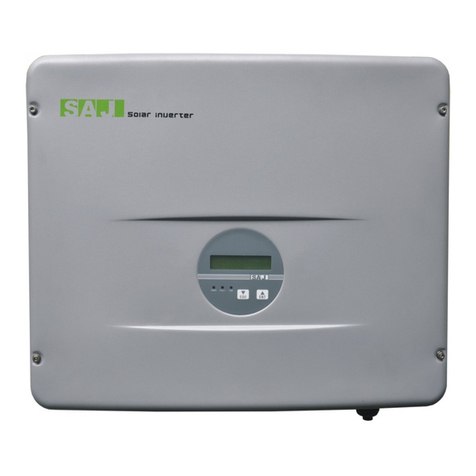
SAJ
SAJ Sununo-TL Series User manual
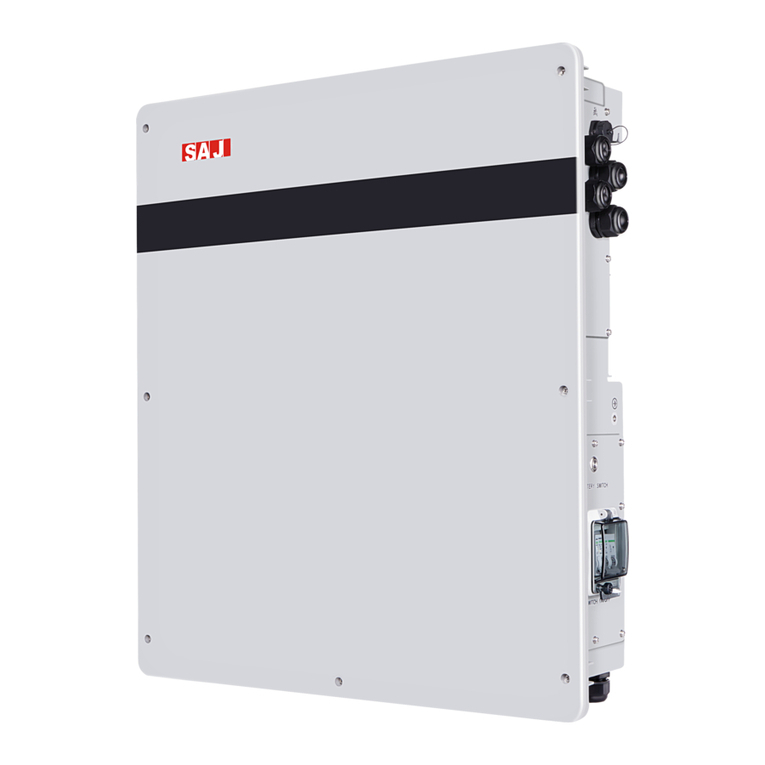
SAJ
SAJ AS1-3KS-5.1 User manual
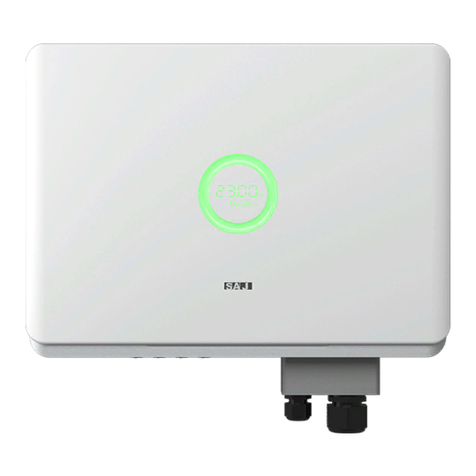
SAJ
SAJ R6 Series User manual
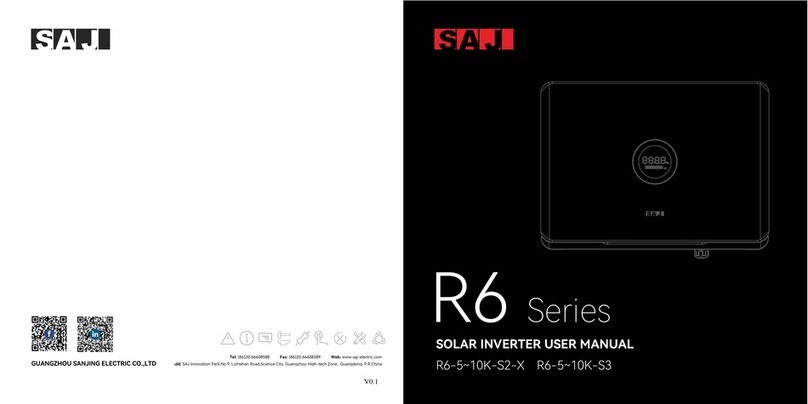
SAJ
SAJ R6 S2 Series User manual
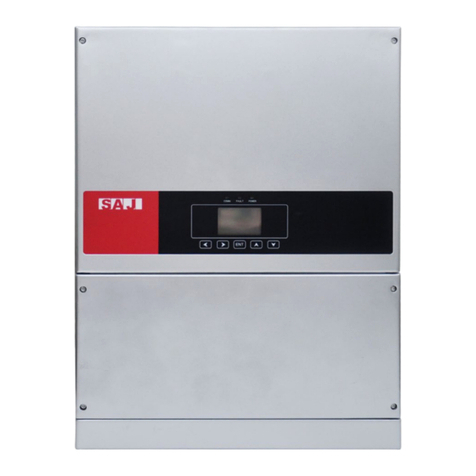
SAJ
SAJ Suntrio Plus Series User manual
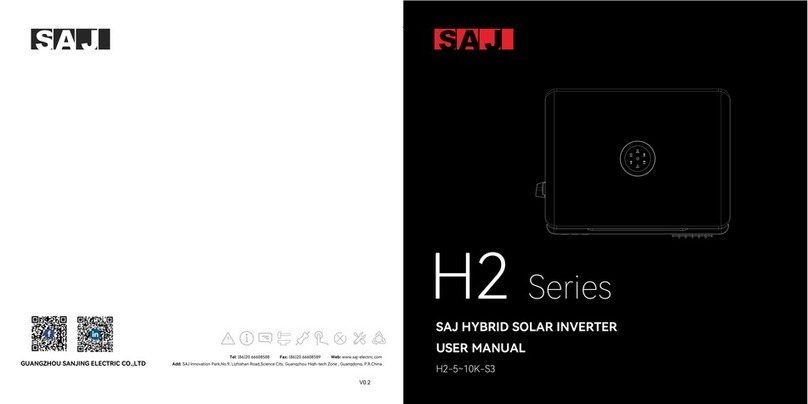
SAJ
SAJ H2 Series User manual
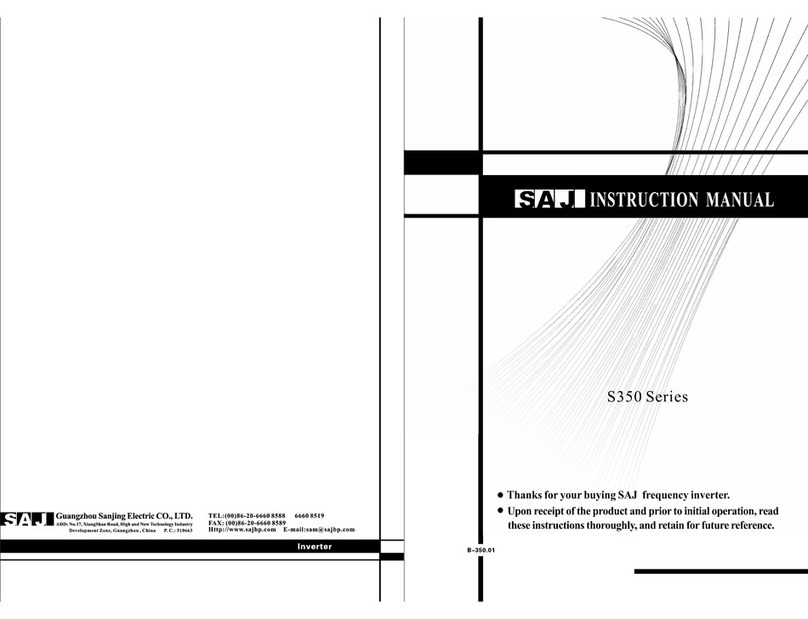
SAJ
SAJ S350 Series User manual

SAJ
SAJ H2 Series User manual
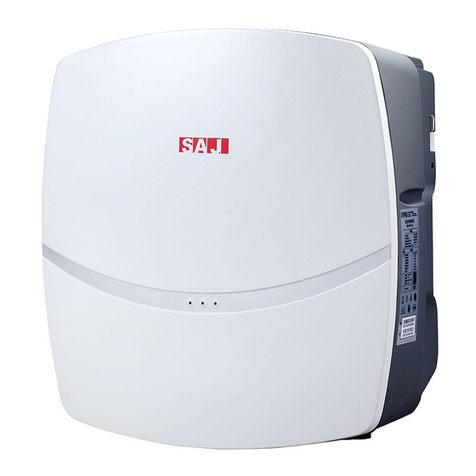
SAJ
SAJ R5-5K-T2 User manual

SAJ
SAJ R6 Series User manual
Popular Inverter manuals by other brands

BARRON
BARRON EXITRONIX Tucson Micro Series installation instructions

Baumer
Baumer HUBNER TDP 0,2 Series Mounting and operating instructions

electroil
electroil ITTPD11W-RS-BC Operation and Maintenance Handbook

Silicon Solar
Silicon Solar TPS555-1230 instruction manual

Mission Critical
Mission Critical Xantrex Freedom SW-RVC owner's guide

HP
HP 3312A Operating and service manual
